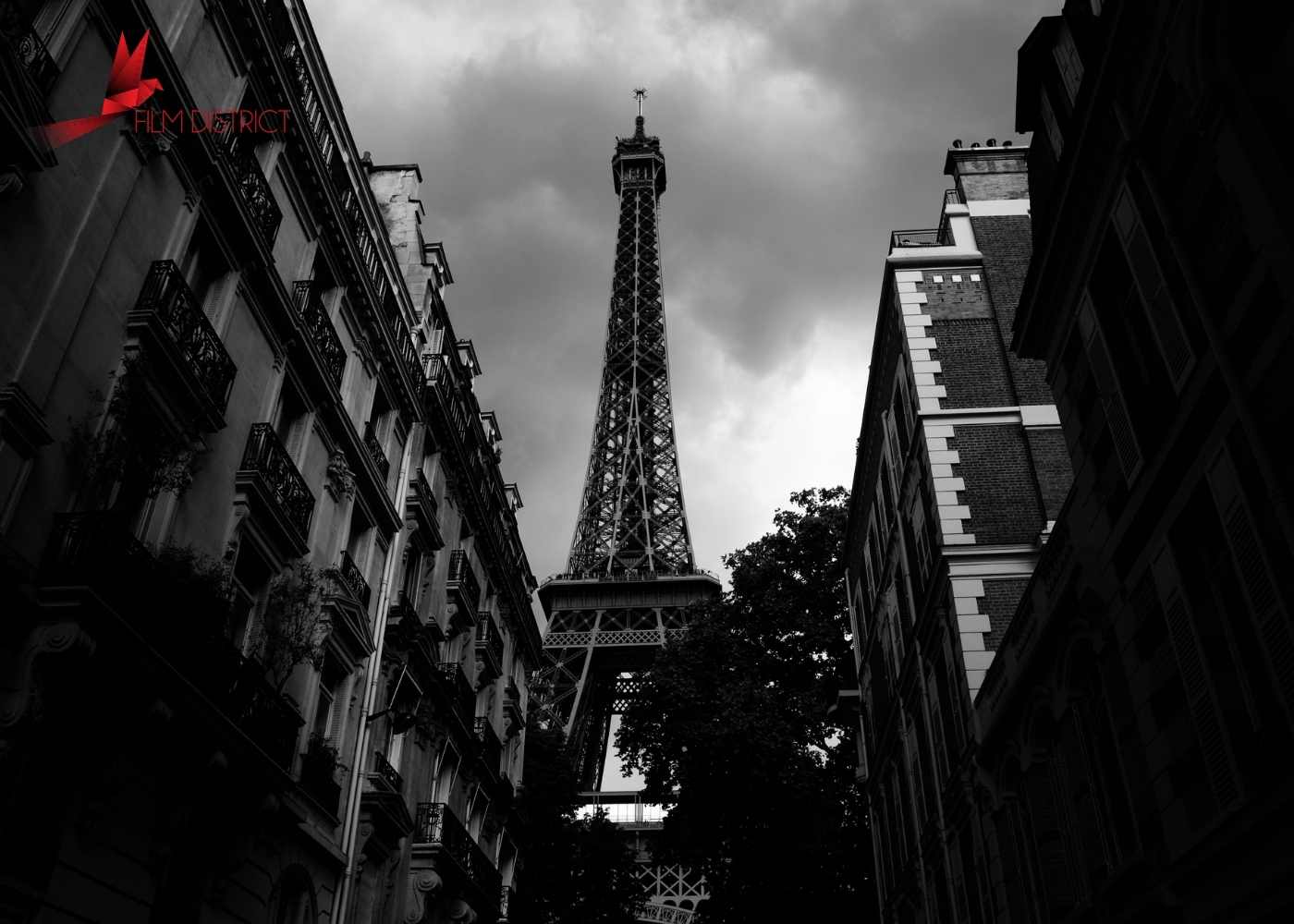Filmmaking techniques including cinematography, camera movement, editing, music, dialogue, and mood are just a few examples of how a filmmaker can portray their point of view about the subject matter of their movie. In a movie, there may be a variety of tones. Comedy, drama, or a mix of the two can all be found in romantic films. An action film, on the other hand, can contain both humour and suspense.
Film District Dubai - Video Production Company Dubai understands that, aside from using tones in feature films, tone can also be a vital tool for creating corporate or marketing videos that appeal to the client’s target market.
What Is the Difference Between Tone and Mood?
Although tone and mood share a similar meaning, they are unique in film. The mood of a movie is what the viewer is experiencing, and it can vary from scene to scene. Contrarily, "tone" describes the director's viewpoint on the subject of the movie. The audience's experience of the movie as a whole is shaped by the tone.
3 Types of Tone
Film genres and tones do occasionally overlap, but tone tends to cover a wider range of topics. One of three categories best describes the tone:
1. Comedic: The aim of a comedic performance is to make the audience laugh, and the tone is lighter.
2. dramatic: a dramatic tone is characterized by conflict, genuine emotion, and serious issues.
3. Suspenseful: As in many horror movies, a suspenseful tone elicits trepidation and anticipation over a particular ending. Study up on horror films.
5 movies with distinctive tones
Tone is a tool that many filmmakers, including Video Production Company in Dubai, use to create distinctive styles, such as:
1. To build suspense and drama in his movies, Christopher Nolan frequently employs the Shepard tone. The Shepard tone is an aural illusion that, at the conclusion of each octave, fades in and out to give the impression of an endless rising and falling. This is most famously used by Nolan to heighten suspense and fear in the film Dunkirk.
2. Get Out: To build tension in his film Get Out, Jordan Peele makes use of lighting and clashing color schemes. When Chris Washington (played by Daniel Kaluuya) first arrives at his girlfriend's parents' house at the beginning of the movie, the lighting is cosy, cheery, and welcoming, fooling the audience into thinking everything is okay. The lighting and colours get darker and sinister as the movie goes on and the danger becomes more apparent. Study up on lighting for movies.
3. Something's Gotta Give: Nancy Meyers, who is well-known for her romantic comedies, typically uses set design to set the stage for a nice, lighthearted, humorous atmosphere. In the movie Something's Gotta Give, director Nancy Meyers provides Diane Keaton's character Erica Berry (who is self-sufficient and steady in her life before she falls in love) a spacious, light home with a cosy interior painted in a soothing cream color.
4. Reservoir Dogs: By incorporating contrasting film components, Quentin Tarantino creates a suspenseful tone in his movies. For instance, in the movie Reservoir Dogs, he utilises the upbeat song "Stuck in the Middle with You" to underscore the horrible scene in which Michael Madsen's character Mr. Blonde chops off the ear of a police officer.
5. Rushmore: Wes Anderson uses a variety of cinematic devices to give his movies a comic tone, such as symmetry, a bright, flat color palette, character-specific odd attire, and weird music. Additionally, he highlights scenes that have emotionally significant events for the characters in all of his movies by using slow motion as a tonal element. The main character, Max Fischer (Jason Schwartzman), and the entire cast, for instance, dance in slow motion towards the end of the film Rushmore, with distinct shots indicating the resolution of each character's emotional journey.
Creating a Film Tone
To give your movie or short film a specific cinematic tone, follow these steps:
1. Decide on the film's tone. The tone may be implied by the script's subject matter and screenplay, or you may decide to convey a different tone that better reflects your artistic vision.
2. Pick a color scheme and lighting that complement the intended tone. Tone is created using a variety of factors, including lighting and color schemes. Is your movie a light, brilliant, colourful comedy, or are you striving for a film noir vibe with lots of dark shadows? Learn how to use colour in movies with Mira Nair.
Make tone-sensitive edits. To influence the overall tone of your movie, work with a skilled editor to use quick cuts, slow motion, appropriate music, and sound effects. Jodie Foster can teach you more about film editing methods.
4. Create camera angles that suit the mood. Plan the best camera movements and perspectives using storyboards and shot lists. Storyboarding is especially useful for horror films that rely on camera movement and sudden revelations to frighten the audience. Find out how to create a storyboard.







